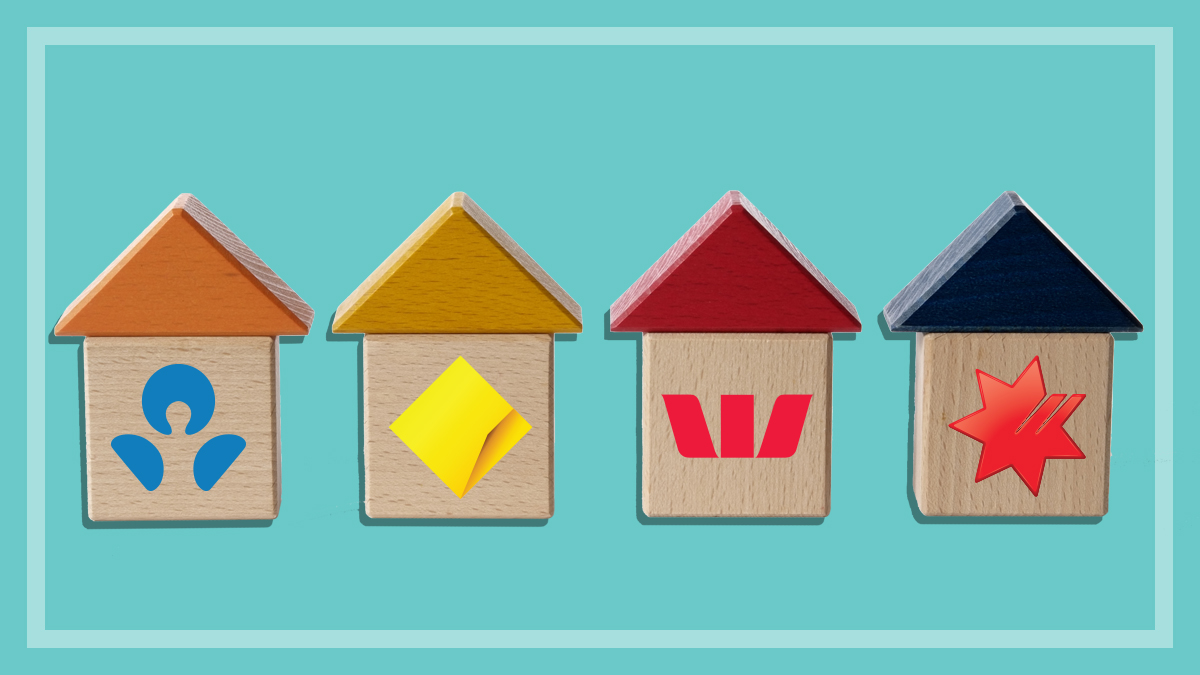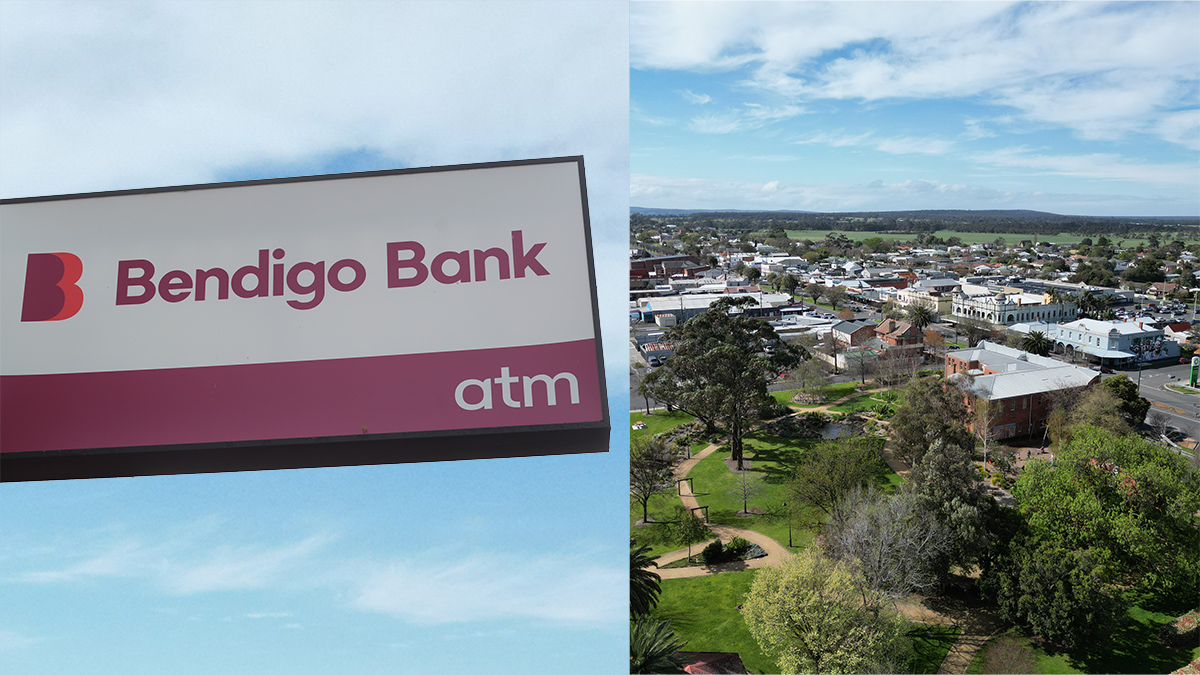Get our independent lab tests, expert reviews and honest advice.
ACCC launches inquiry into bank interest rates

Need to know
- Australian households have more than $1.3 trillion sitting in bank accounts
- Over recent months, the official cash rate climbed from 0.1% to 3.60%, and home rates have gone up accordingly
- Some banks are paying standard rates as high as 3%, but with others, there's a significant gap between mortgage and deposit rates
Australian households have more than $1.3 trillion sitting in bank accounts at the moment, and for years the interest we’ve been earning on all that money has generally not topped the one percent mark.
More recently, as the official cash rate climbed from 0.1% to 3.60%, the earning power of our collective capital has grown.
In a recent review of the best ‘high-interest’ savings accounts rates in Australia, we list savings rates from major banks as high as 3%, and some go higher with conditions attached.
For many home loan customers, however any increase in savings rates has been offset by a rise in mortgage rates. And many banks that have increased their home loan rates have not applied corresponding interest rate increases to their savings accounts, leaving customers of these banks falling further behind.
Now the Australian Competition and Consumer Commission (ACCC) has decided to look into this disparity.
Some small increases, but conditions apply
In mid-February, the ACCC announced it will “investigate how banks set interest rates for savers, including differences in interest rate increases between bank deposits and home loans”.
While mortgage rates have gone up, the ACCC says, “The increases in interest rates on deposit products appear to have typically been smaller and less consistent. In many cases, banks have only applied increases in the cash rate to some of their deposit products, often with conditions attached.”
The government inquiry is significant because the Competition and Consumer Act empowers the agency to gather certain information from financial institutions.
We will also examine the extent to which consumers can benefit from shopping around and switching, and what other barriers are stopping consumers from seeking a better return on their savings
ACCC chair Gina Cass-Gottlieb
What the ACCC will investigate
The information the ACCC inquiry will likely be asking banks to provide will include:
- interest rates on retail deposit products and any terms and conditions that apply
- the strategies used by banks to set these rates
- how terms and conditions on interest rates relate to the rise of the official cash rate
- the level of competition between banks in setting rates
- the degree to which banks use customer deposits to provide credit.
Encouragingly, the inquiry has an additional objective, according to ACCC chair Gina Cass-Gottlieb.
“We will also examine the extent to which consumers can benefit from shopping around and switching, and what other barriers are stopping consumers from seeking a better return on their savings,” she says.
Cost of living pressures vs bank profits
“The community expects much better from Australia’s banks,” says CHOICE head of policy Patrick Veyret.
“Many people, including older Australians, rely on the interest earnings of their deposit and savings accounts to make ends meet. As cost-of-living pressures persist, the banks are unfairly profiting off people.”
A report to the Treasury on the findings of the inquiry is due on 1 December 2023.
Have you noticed that your home loan interest rate has gone up while your bank deposit rates haven’t, or at least not by much? Get in touch at newstips@choice.com.au.





